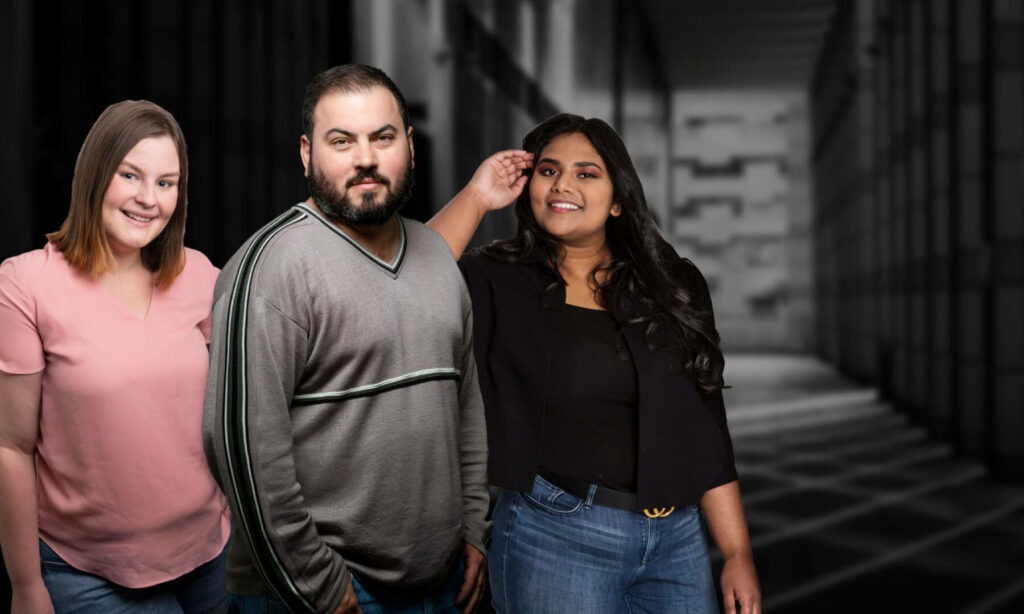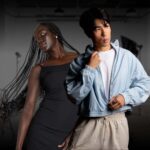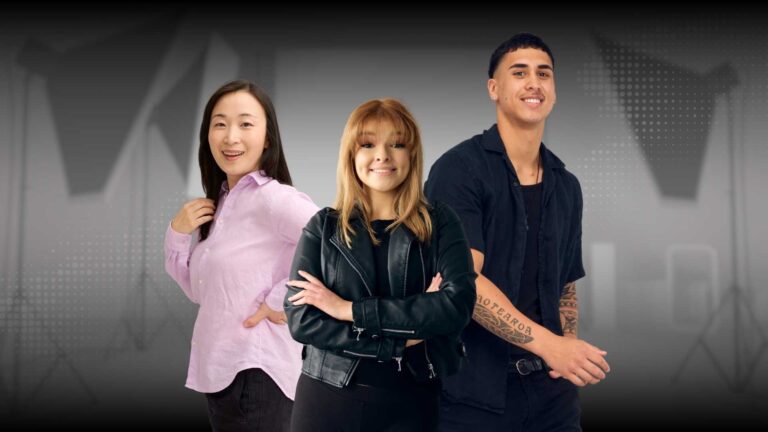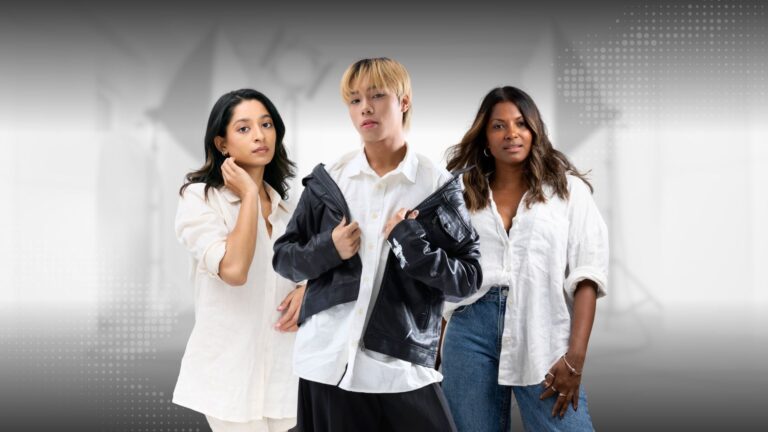We’ve said it before and we’ll say it again—models, like regular people, come in all shapes and sizes. And yes, that means that there is plenty of work for plus size models both male and female.
But what exactly do you need to do to become a plus size model?
We’re glad you asked because if there’s one thing we want to see more of in this industry, it’s plus size models.
So if modelling is something you’ve given serious consideration to in the past, but you just didn’t know how or where to start, then you’re in luck. Below, you’ll find some tips and suggestions based on our agents’ considerable experience in the industry. Tips that will guide you through the initial stages of becoming a plus size model and hopefully set you on the path to success.
But before we get to those insider tips, a quick but very important question.
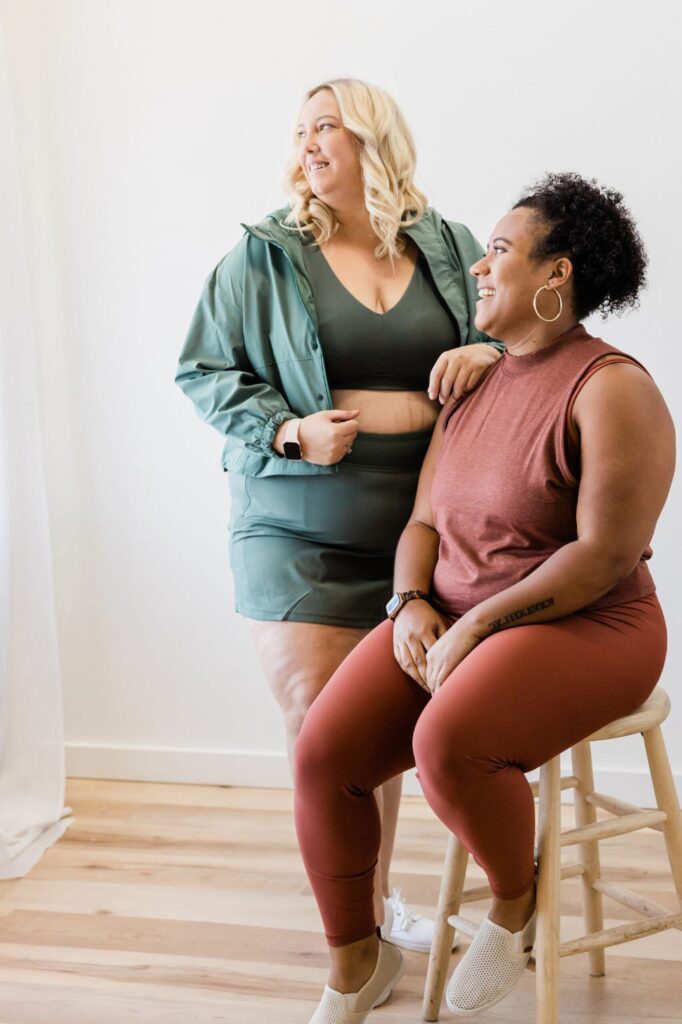
Are you actually a plus size?
You may think that because you’re not super slim or athletically built that you must be a plus size, but perhaps you’re not at all.
Here in Australia, plus size models are usually any size from 12 up although some brands consider plus sizes to start at 14.
It’s also worth noting that while most models are expected to be 175cm or taller, plus size models can be shorter. Famous plus size model Mia Tyler is 167cm while Tess Holiday is just 165cm. So even if you’re a little shorter, that’s not necessarily something that will hold you back.
For male plus size models, the industry generally considers anyone with a waist size of over 34” to be plus size. Again, there’s a lot more leeway with regards to height so a plus size male model doesn’t necessarily need to be a six-footer just to get in the door.
Do some homework
And by homework we simply mean checking out what other plus size models are doing in the industry. What brands are the modelling for? What kind of jobs do they get? And perhaps most importantly, what kind of poses do they use most often?
Here’s the thing—posing is hugely important and there’s a lot more to it than you think. A photographer doesn’t want to see you posing in the same way throughout an entire shoot nor do they have the time to direct you for every single shot. They’ll expect you to have a small repertoire of poses that you can slip in and out of each time they ask you to change things up.
This means that you need to get yourself in front of a mirror and start practicing some of those poses that you saw during your research. Try to nail down three or four that you feel comfortable with and make sure they’re not all slight variations of the same pose. Once you’re happy with your poses, it’s time for the next step.
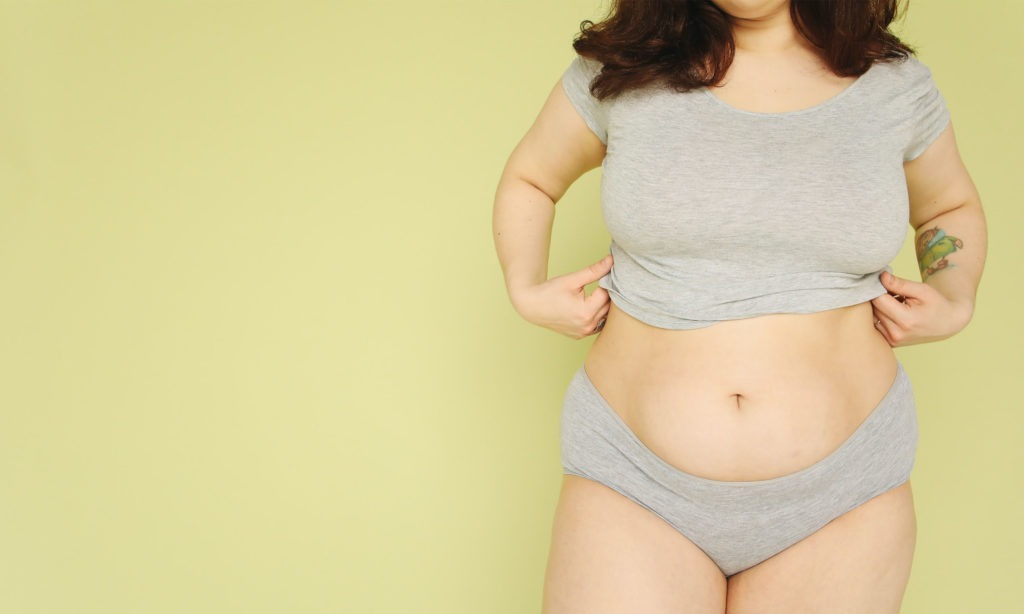
Now get in front of the camera
A model no matter what size, shape, or age they are must feel comfortable in front of the camera. Awkwardness of shyness can be endearing in a person, but at a photo shoot it’s just going to slow everything down.
So it’s time to get comfortable in front of a camera.
Ask a friend or family member if they would like to help and sit down to have a quick chat with them about your goals. Make it clear to them that this is an important step in your new career and that you need their support even if it means feeling a little silly at first. Because trust us, if neither of you have any experience, this will feel a little odd when you start taking those first shots.
Try out your poses and don’t hold back no matter how silly you might feel at first. The important thing here is to get comfortable in front of the camera so let yourself go and have as much fun as you like.

Get a portfolio
Now that you feel comfortable in front of the camera it’s time to think about creating your portfolio. As you may already know, all models need a modelling portfolio. This is how casting directors and photographers actually choose their potential models for a job or shoot so it’s kind of a big deal.
While most working models will use some shots from their previous jobs to fill out their portfolio, someone who is new to the world of modelling will need to take a different approach. And no, using those shots you took with your friend earlier simply won’t do.
Ideally, you’ll want to invest in a portfolio shoot with a photographer and gain valuable experience in a professional environment. This is because a professional photographer knows exactly what type of shots that casting directors and other photographers are looking for in a portfolio. Poses, angles, surroundings—they’ll be able to make sure you have it all covered.
Just make sure that you include at least two outfits/looks in your portfolio so any prospective casting directors and photographers can get a good look at your potential.
Look for the right agency
You could decide to go it alone and find modelling assignments for yourself, but we don’t recommend this approach. This is because most modelling agencies in Australia have working relationships with casting directors and photographers. This means that when they are looking for modelling talent, they will often come straight to the agency.
So signing with an agency is a good thing, but you don’t want to sign with just any modelling agency.
You’ll want to find an agency that has a good reputation for taking care of its models and has worked with well-known brands and photographers.
While there are some agencies that specialise in representing plus size models, you don’t necessarily need to sign with one as most modelling agencies represent a broad spectrum of talent including models of all shapes, sizes, and age.
In fact, like many modelling agencies in Melbourne, here at Hunter Talent, we proudly celebrate the diversity of our models.
So if you’re really serious about becoming a plus size model, take your first steps by following the tips above. And if you find that you enjoy your time in front of the camera and are considering signing with an agency, get in touch with us today or fill out our application form. We’ll be only too happy to have a chat with you about your dreams and aspirations!

